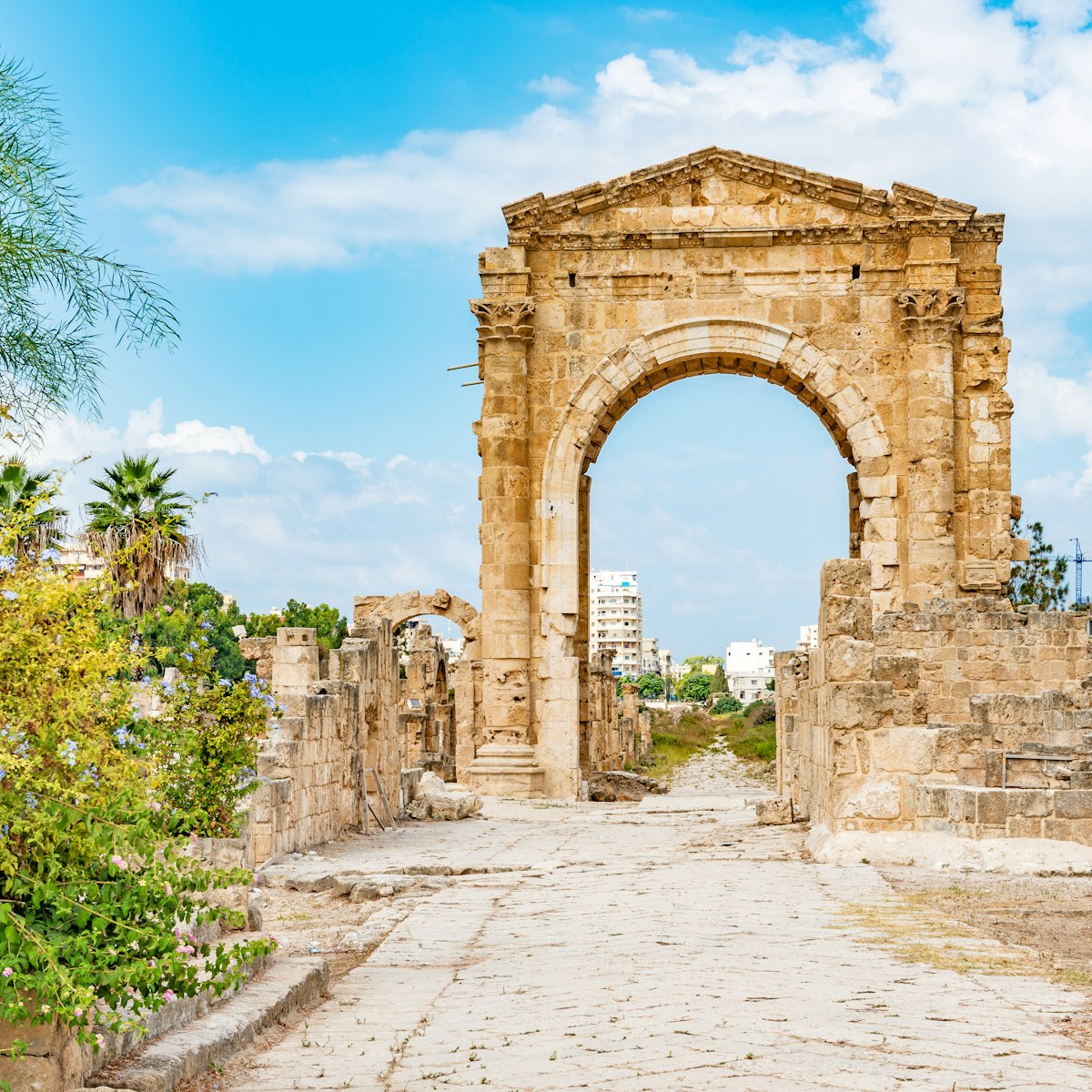
Tyre
This sprawling site lies 2km east of the centre, entered off the highway. Just past the entrance is a vast funerary complex, with hundreds of ornate…

Tyre
This sprawling site lies 2km east of the centre, entered off the highway. Just past the entrance is a vast funerary complex, with hundreds of ornate…

Tyre
Dating from the 3rd millennium BC, these atmospheric ruins cover a large area leading down to an ancient submerged harbour. Highlights include a street…

Tyre
Part of the Al Bass archaeological site, this well-preserved Roman hippodrome was built in the 2nd century AD and once held more than 20,000 spectators. A…

Tyre
Part of the Al Bass archaeological site, this sizeable funerary complex has hundreds of ornate stone and marble sarcophagi as well as collective tomb…

Tyre
The most curious building at the Al Mina site is this 4th-century rectangular arena that would have held up to 2000 spectators. Its exact use is unknown;…

Tyre
This impressive archway towers over the Roman road that runs beneath it. It marked the entrance to the city and probably dates from the time of Emperor…

Tyre
This unusually large bathhouse at the Al Mina ruins complex dates from the 2nd or 3rd century AD. You can clearly see the masses of brick columns that…

Tyre
The hefty bones of this sizeable cathedral are visible near the main Al Mina site. It was built in the 12th century and destroyed by the Mamluks who…

Tyre
A Roman road stretches for about 1.6km through an impressive 20m-high monumental archway that probably dates from the time of Emperor Hadrian (2nd century…

Tyre
From the entrance of the Al Mina archaeological complex, you pass down this street paved with geometrical Roman and Byzantine mosaics, on each side of…

Tyre
Part of the Al Bass archaeological site, these aqueducts run parallel to the Roman road and once supplied the city with fresh water from the inland hills.